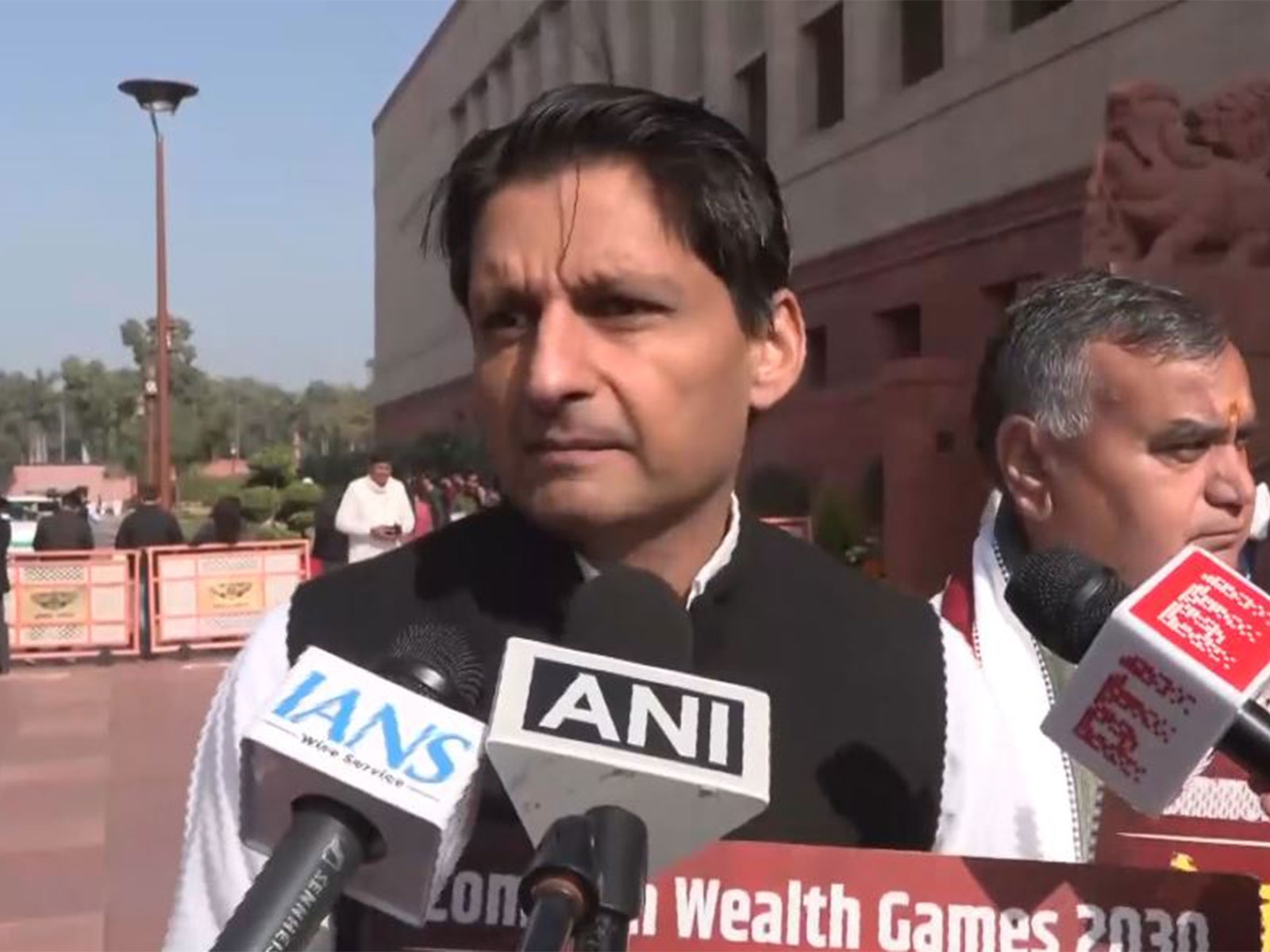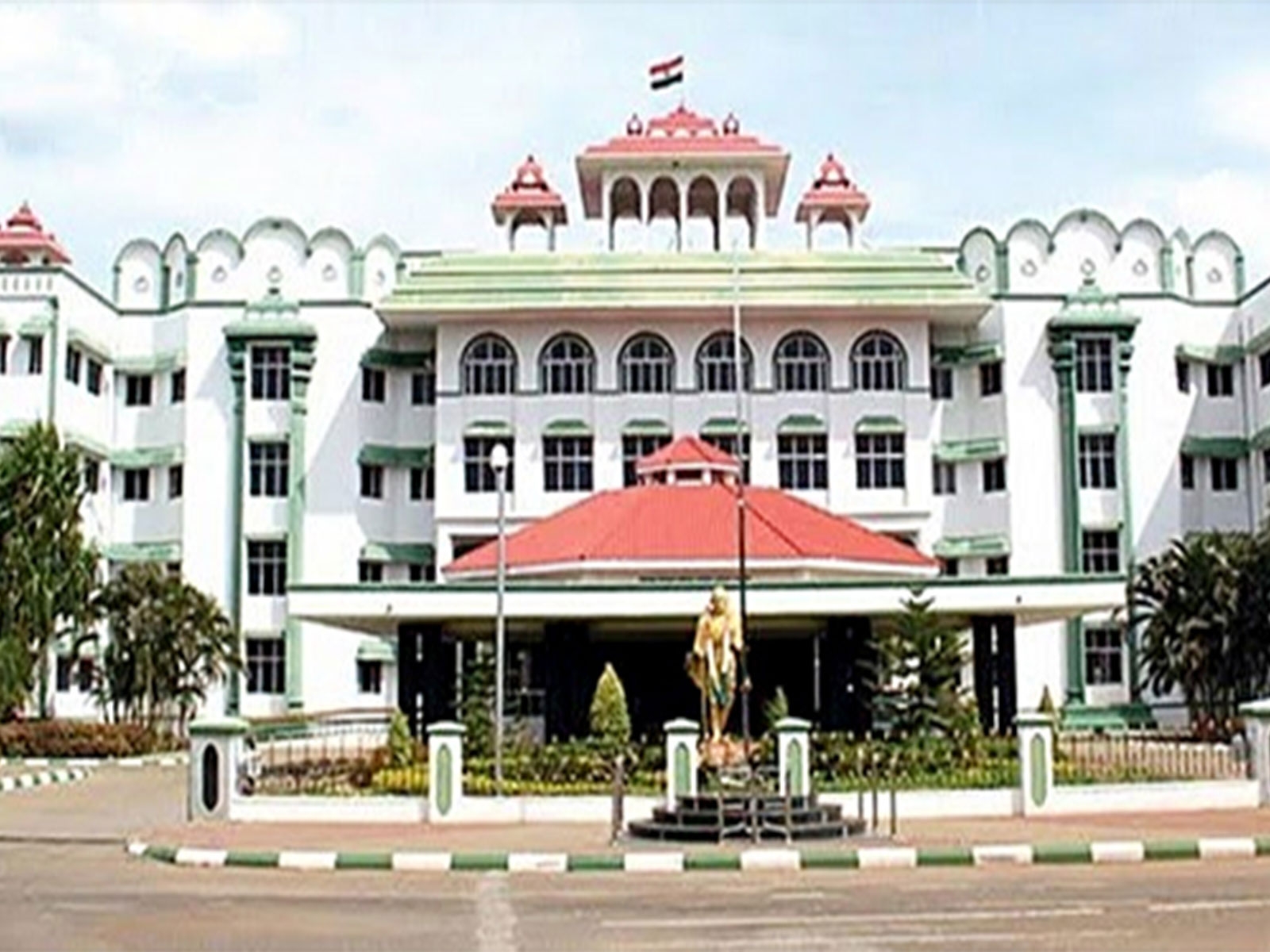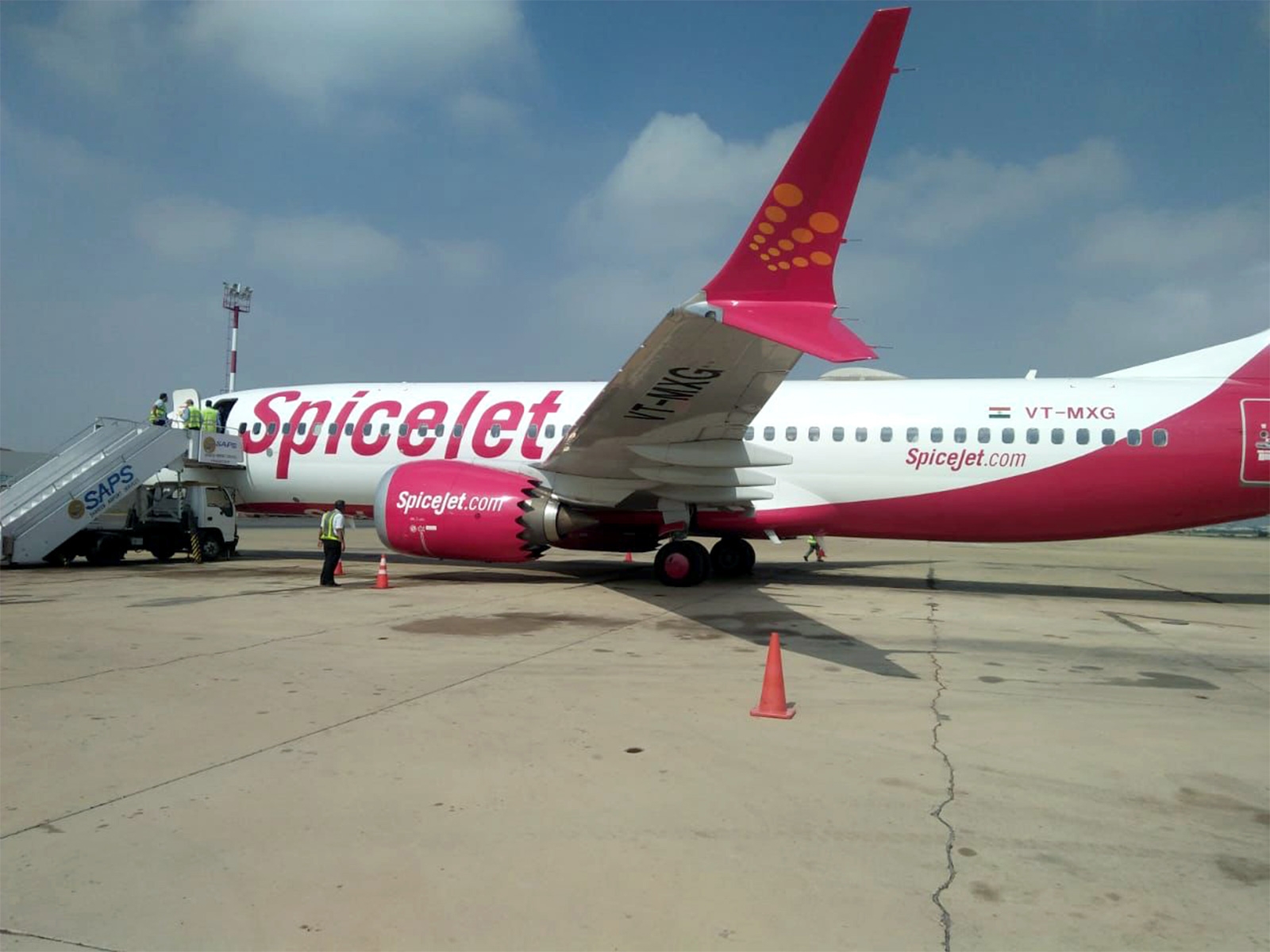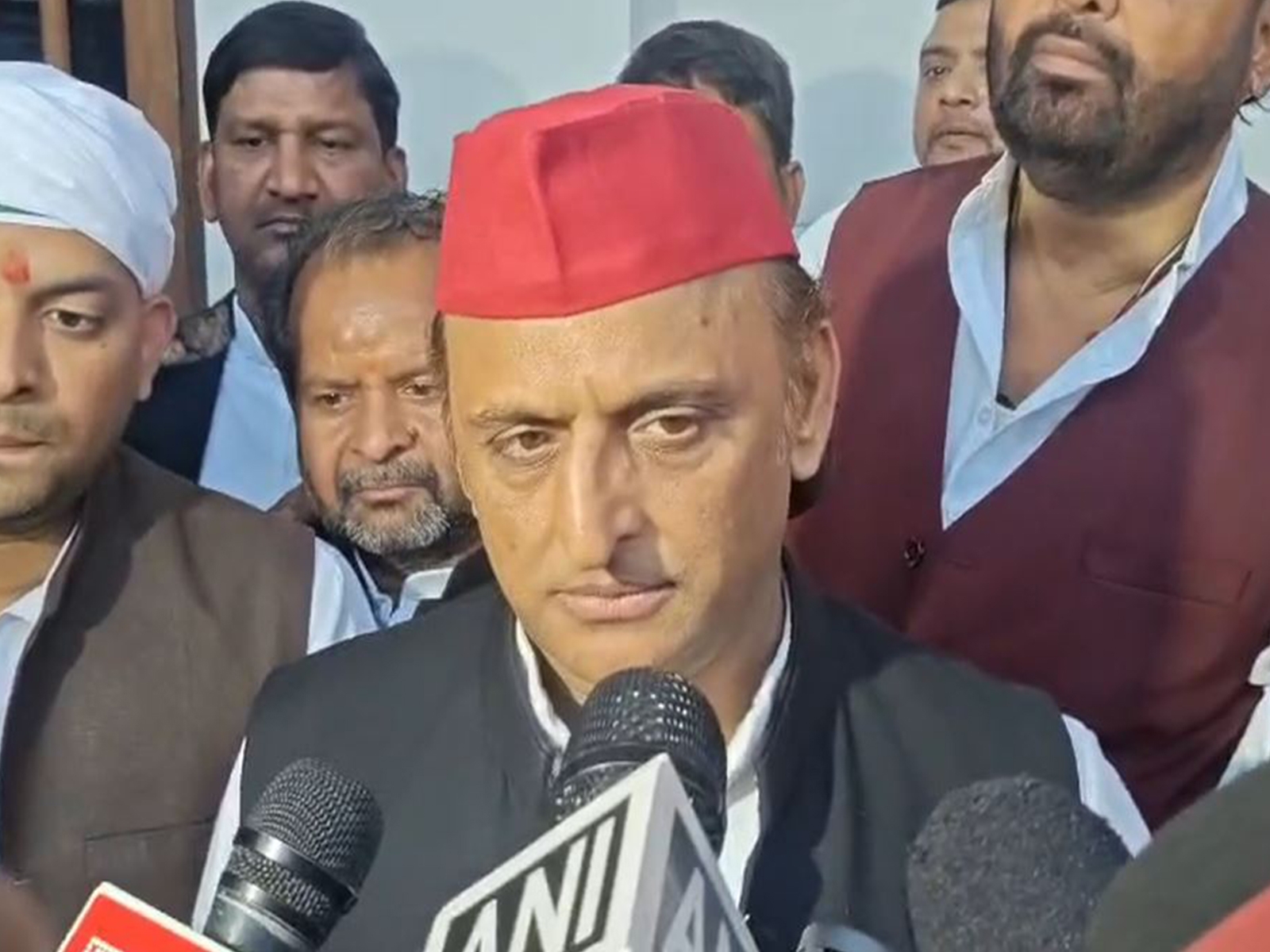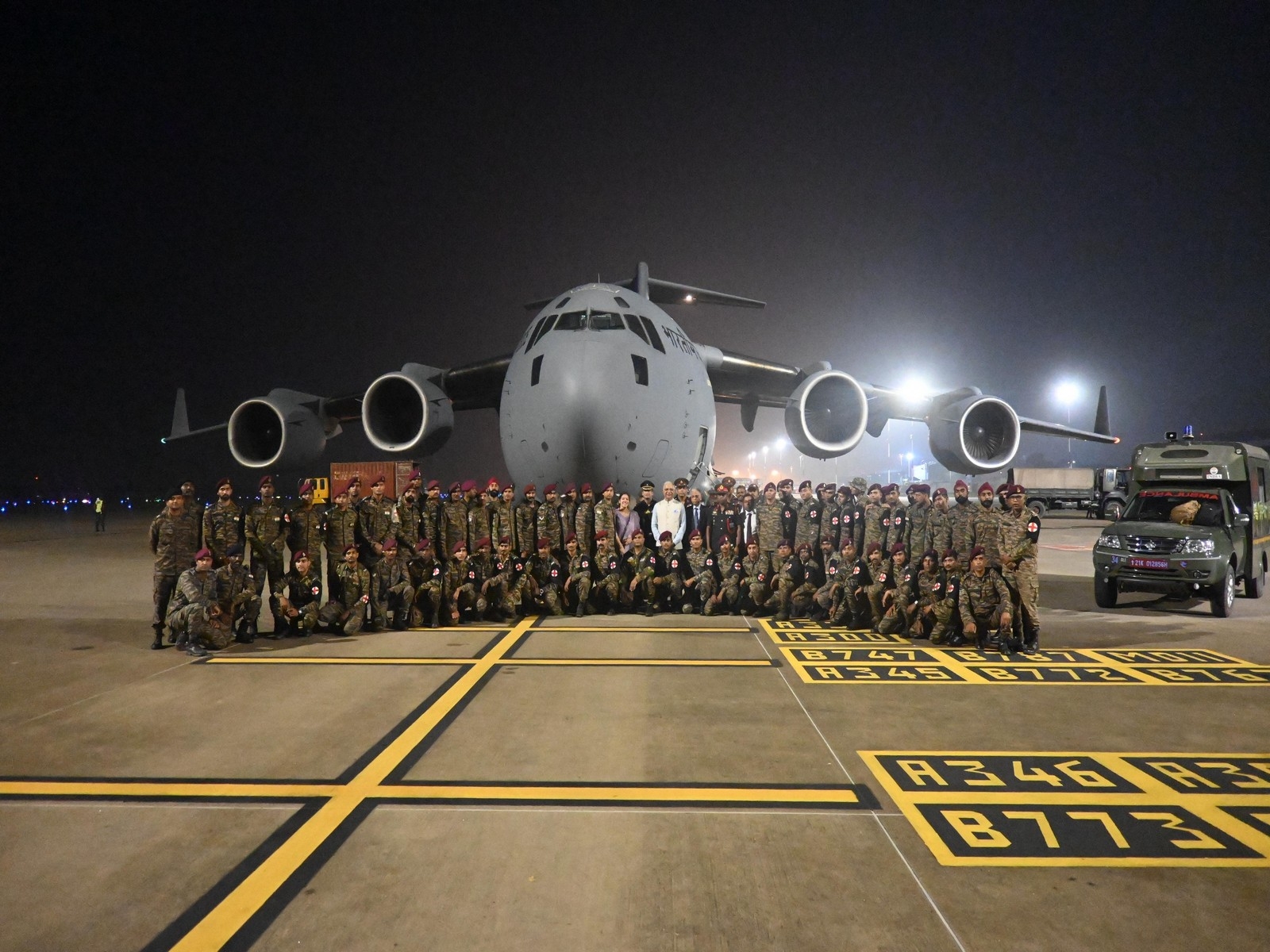Rafale deal almost done: India negotiates cost down to Rs 58.6 thousand crore

A year ago, during his visit to France, Prime Minister Narendra Modi had promised to buy Rafale jets in a government-to-government deal. And now, the two countries have almost concluded India's biggest deal for fighter aircraft.
According to sources, the deal is likely to be signed by the end of this month. A senior official at the Ministry of Defence said India had got the asking price for 36 jets down from Rs 65,000 crore ($12 billion) to Rs 60,000 crore (nearly $9 billion).
The deal is finally being sealed for Rs 58,653 crore ($8.8 billion). If India inks the deal within a couple of weeks, it can expect to receive the first few jets by the end of 2017.
Negotiations had broken down in 2014, but Modi promised to resuscitate the deal during his Paris trip in April last year. France President Francois Hollande was the chief guest at the Republic Day celebrations in January, and it was expected that the two governments would ink the deal.
Also read: Rafale: how the "mother of all deals" ended up like an "unplanned child"
However, the negotiations reportedly broke down again, and rumours began to float that the deal would be scrapped altogether.
However, Defence Minister Manohar Parrikar kept reiterating the commitment of the two countries to close the deal, while also admitting that the pace at which the negotiations were progressing were 'not enough'.
Bare necessity for the IAF
The Indian Air Force's dominance in the subcontinent is depleting rapidly due to its ageing fighter squadrons, so it is crucial for it to get state-of-the-art fighter jets.
The Air Force has a projected requirement of 44 squadrons, but it only has 32 squadrons operational at the moment. Of these, 14 squadrons feature out-of-date MiG-21 and MiG-27 aircraft, which have to be retired next year onwards.
Some of the other squadrons of Mirage-2000s and Jaguars are also in the process of being upgraded, and are thus out of service.
At the same time, India's neighbours - Pakistan and China - have been working to modernise their air forces.
Also read: India looks set to buy those Rafales. But it's not a good idea
Because of arms restrictions, China cannot collaborate with Western countries in the defence sector. So, it has been working with the Russians to develop advanced fighter jets. JF-17s are a result of this, with more projects are in the pipeline.
Pakistan, on the other hand, is upgrading its air force with the help of the Americans. The sale of F-16s, which was temporarily halted, has reportedly been resumed again.
With 36 Rafales, the Indian Air Force is looking at setting up two squadrons of the best available fighter jets immediately, to maintain its aerial superiority in the subcontinent.
Also read: 4 reasons why the Rafale fighter jet deal is of prime importance to India
Cost escalation
The whole deal had begun with an order for 126 advanced fighter jets. India placed the order in 2012, against a price of $12 billion.
All the world's biggest fighter jet manufacturers, from the Americans with their F/A-18 Super Hornets, the Russians with MiG-35s, the British with Eurofighter Typhoons, and the Swedes with Saab's Grippens, had lined up for this incredible contract, which some had referred to as the 'mother of all deals'.
To speed up acquisition of the hardware, it was agreed that this contract would directly be between the countries.
However talks between India and France broke down as the total cost escalated up to $22 billion. India subsequently placed a new order for 36 Rafales in ready-to-fly condition.
By this time, those who had begun to question the feasibility of sticking with the Rafale deal began to refer to it as an 'unplanned child'.
But the Indian side will still be quite happy to have finally come this close to finalising the deal, despite the high price it is paying for these jets. That's because this was the only aircraft that had fulfilled all the Air Force's requirements.
Edited by Shreyas Sharma
Also read: IAF desperately needs more jets; but the Rafales may be a while coming
First published: 17 April 2016, 5:52 IST

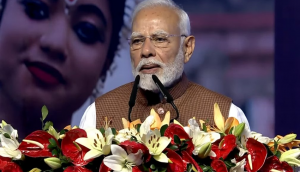


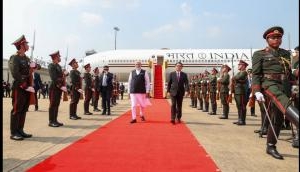
![BJP's Kapil Mishra recreates Shankar Mahadevan’s ‘Breathless’ song to highlight Delhi pollution [WATCH] BJP's Kapil Mishra recreates Shankar Mahadevan’s ‘Breathless’ song to highlight Delhi pollution [WATCH]](https://images.catchnews.com/upload/2022/11/03/kapil-mishra_240884_300x172.png)

![Anupam Kher shares pictures of his toned body on 67th birthday [MUST SEE] Anupam Kher shares pictures of his toned body on 67th birthday [MUST SEE]](https://images.catchnews.com/upload/2022/03/07/Anupam_kher_231145_300x172.jpg)


